Make Your Own Artisanal Culinary Salt or Bouillon from Wild Weeds + Garden Herbs

I’m so not a foodie. I’m so not someone who makes artisanal salts. But then, one day I did. And I became that person who puts salts together with specks of dried leaves and seeds and grinds the whole thing together.
I ended up with a salt/bouillon mix, which is crazy pants awesome. Now I’m a convert—as you can see below when you read about how I make my own bouillon/salt.
I should back up a bit and say that, over the years, I’ve become a wildcrafter and a gardener. I wildcraft when I mountain bike. The habit started years ago when I’d be riding along and suddenly find myself in a field of nettles. Or wild mint. Or Oregon grape root. I’d stop and pick because I’d already have my bike gloves on. Two or three minutes later, I’d end up with as much as I could stuff into the hydration pack on my back. As soon as I got home, I’d put it all in the dehydrator and make the plants crispy—locking in the nutrients for six months.
I love Dina Falconi’s book Foraging & Feasting – A Field Guide and Wild Food Cookbook. (It’s pricey, but truly a work of art, beauty, and wisdom that’s worth every penny.) I came to the pages on herbal salts and homemade bouillon. We all know good salts have extra minerals. And we all know that, in Ayurveda, getting a bigger variety of tasty plant parts into your body is a good thing. As I read the recipes, I quickly saw how they’re so receptive to riffing and making up your own salt blends.
So I did.
I mixed in little pieces of leftover plant parts from my homemade teas—which I harvest in June, dry in July, pack in August, and gift for Christmas. Bouillon takes a much bigger herb ratio than culinary salts. I had a pound or two of a good Celtic sea salt and a pink Himalayan salt in my cupboard. So, I went for a salty bouillon.
The Wisdom of Plants in Salt
I was in the middle of my Yogidetox. When detoxing, I find that I start to see the most basic ingredients in a clearer light. Detoxing clears the path for more consciousness. Consciousness brings us into connection with the plant world. The wisdom of the plants becomes accessible to us. That’s how it was with me and the salts.
At the time, I was using Rapunzel bouillon cubes. But, when detoxing, you start to see anything in a box as a level of disconnect. When you pare down to the essentials to move junk out, you become clearer about what’s necessary. So, I found myself making my own bouillon and putting the box back into the cupboard.
Food as Sustenance, Art, or Medicine?
I often reflect on the different roles of food and the percentage that each carries in our diets.
What percentage of food is for sustenance?
What percentage of food is for celebration/art?
What percentage of food is for medicine?
I have a sense that, when we have the overall ratio right, we thrive. And if the ratio is off, something is missing.
The funny thing about this happens when you’re in detox mode: food is for creating a desired effect deep in the bodily tissues, the dhatus. In some phases of detox, it’s also for sustenance and rebuilding. The focus, unlike it is with holiday eating, is definitely not art/celebration.
And yet, what comes out of using food as medicine—because of how our subtle channels open and deeper connectivity becomes available—is that art is revealed.
And so it was with me and the salts.
In the future, I project that I’ll continue to make artisanal salts and my own bouillon every year. And I imagine it’ll also become a staple of how I gift my inner circle.
What’s in My Salt?
Before I dive into some elaborate recipe, know that you’re just trying to end up in the ballpark here. I make my own green powder for smoothies. Lamb’s quarter, dandelion, thistle, chickweed, and nettle end up in the green powder because they grow like weeds in my ‘hood. These mellow greens are good for food. They’re also chock full of minerals like calcium, iron, and phosphorus. If you have a few different species to add, you’ll end up with a bigger variety of minerals…and a more complex flavor.
Bouillon falls more into the spice category than the food category. It’s about flavor and nutrients. I grow thyme, oregano, summer savory, and basil in quantities I can’t keep up with. Harvesting these in a swift clip, I throw them in the dehydrator. Once they’re crispy, I mix them with whatever else is hanging around. You can see from the pic above with me and my helmet that Oregon grape root made it into the mix. Oregon grape root is a mellow bitter. It’s a liver cleanser. I put a little in.
As a demographic, those of us living a holistic lifestyle are unearthing the grandmother’s wisdom. Combining salt with herbs and spices is part of this genre. When you make your own bouillon or tea or spice mix from the plants you pick with your hands from your yard or your ‘hood, you get connected.
When you get connected, you become more whole. Immune issues start to fall away. I have a class on that. Allergies fall away as you eat your ecosystem. I have a class on that, too. When you’re cooking and you add your bouillon, your body remembers the harvest, the process, the intention, and the connection. Your senses awaken because what you concocted is potent—potent with power, prana, and shakti.
Making bouillon for the first time made me more whole. I’m not harvesting my own salt when I’m surfing in Mexico. Yet. But then again, I never thought of making my own bouillon and culinary salt. After using my own salt through the winter, I must say I love the flavor. And sure, it’s good knowing the minerals are making stronger bones. The connection to the plants that wanted to jump into the mix—and the wholeness they create—is what I love most.
Tags
weeds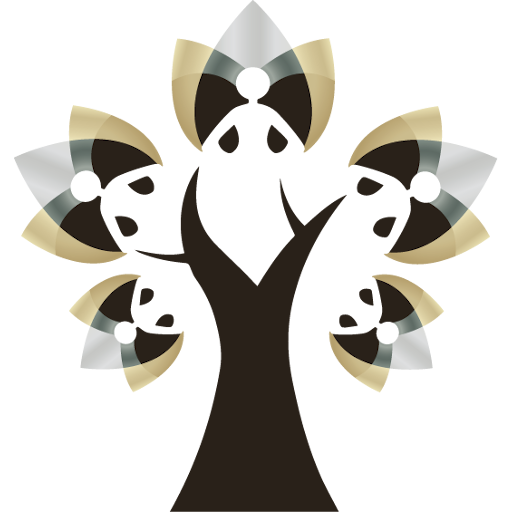





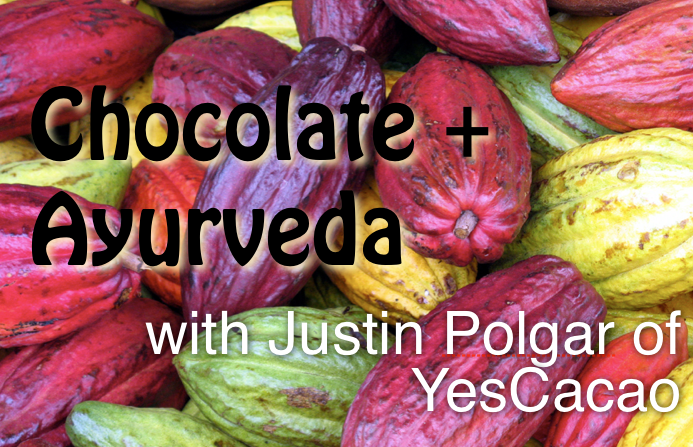
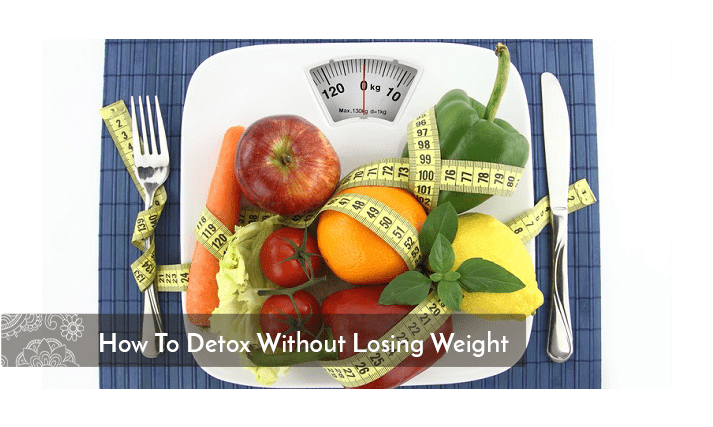

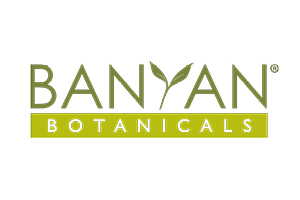




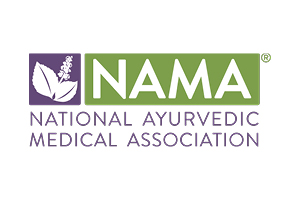

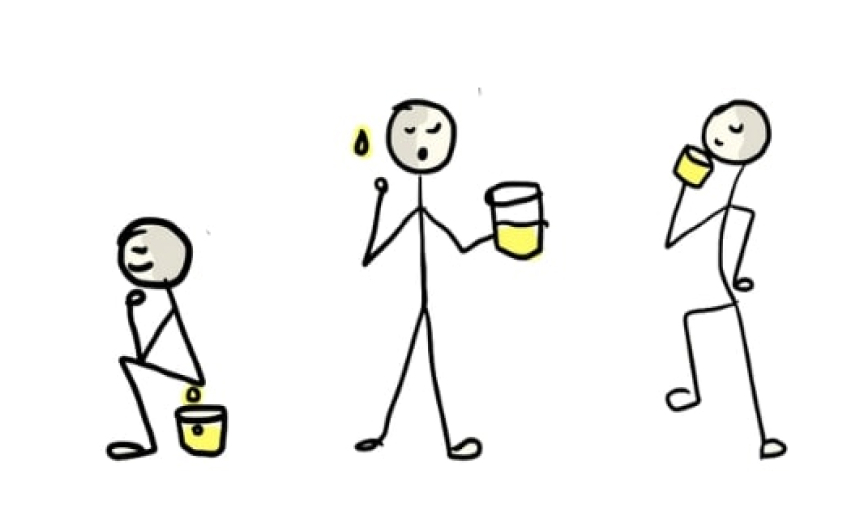
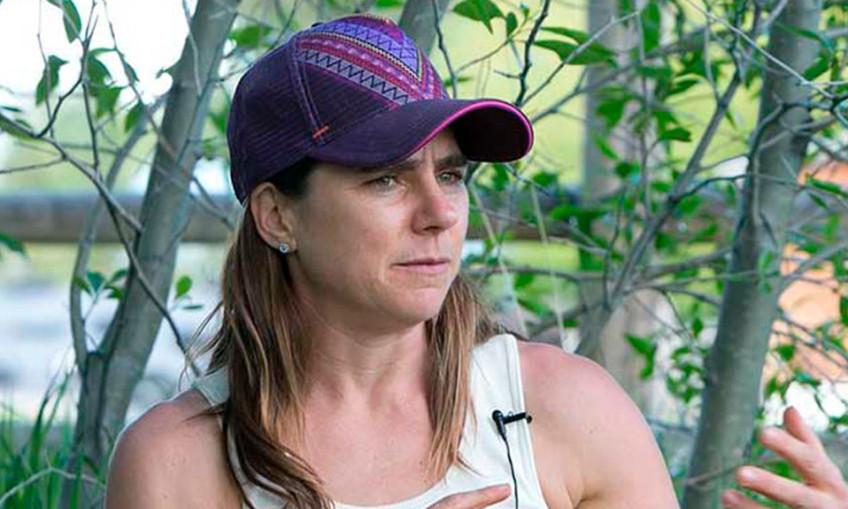

Comments
No comments yet, be the first to comment